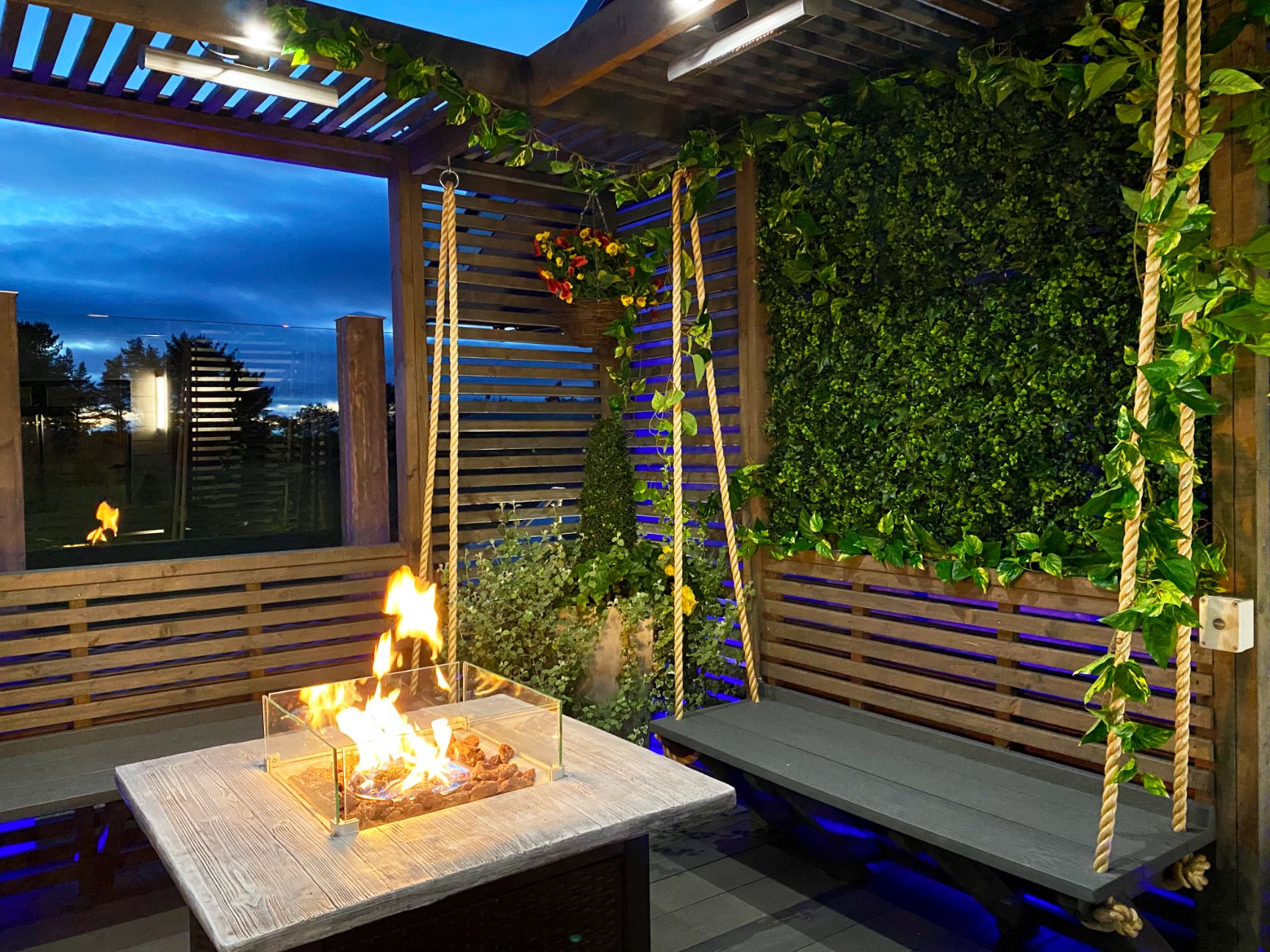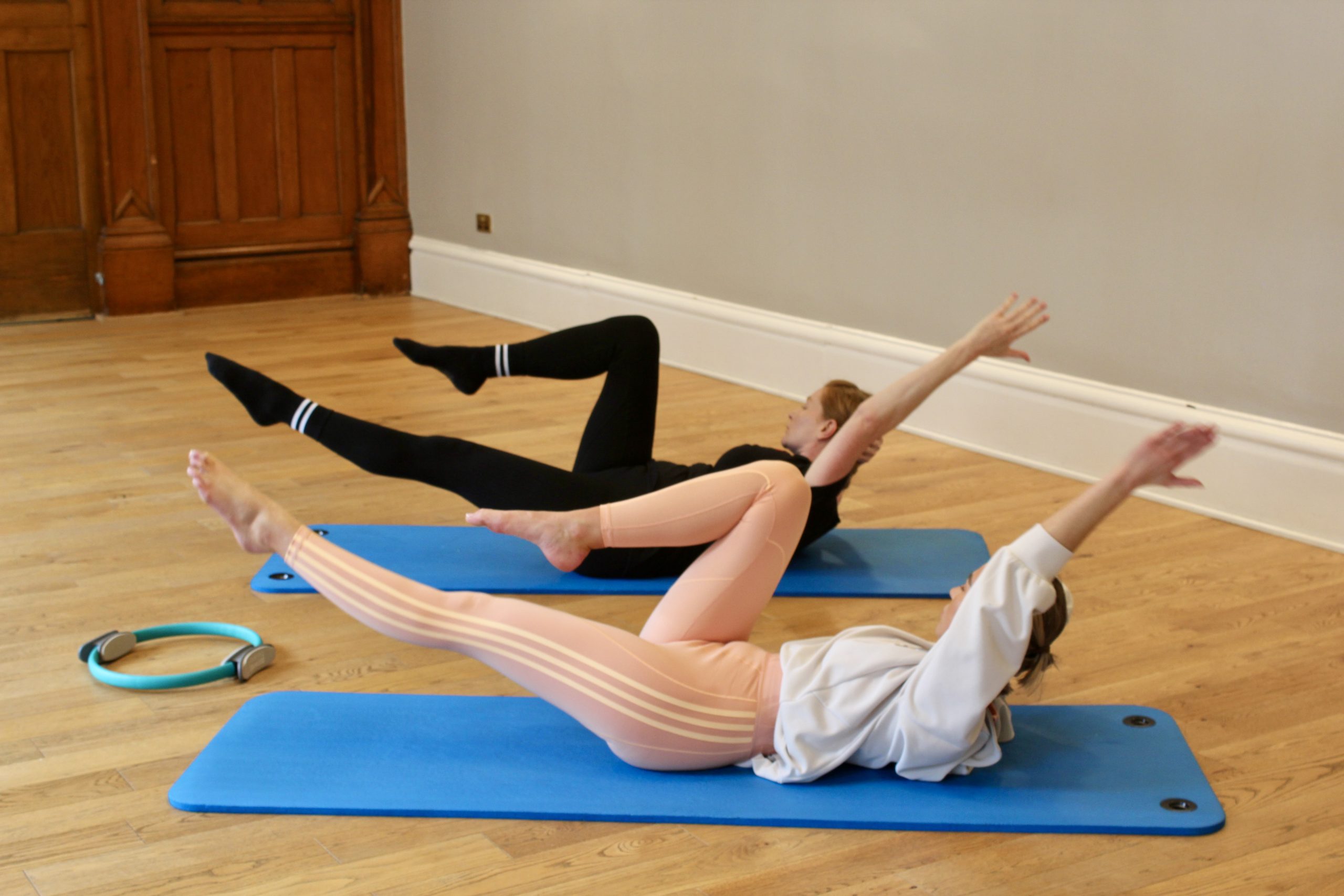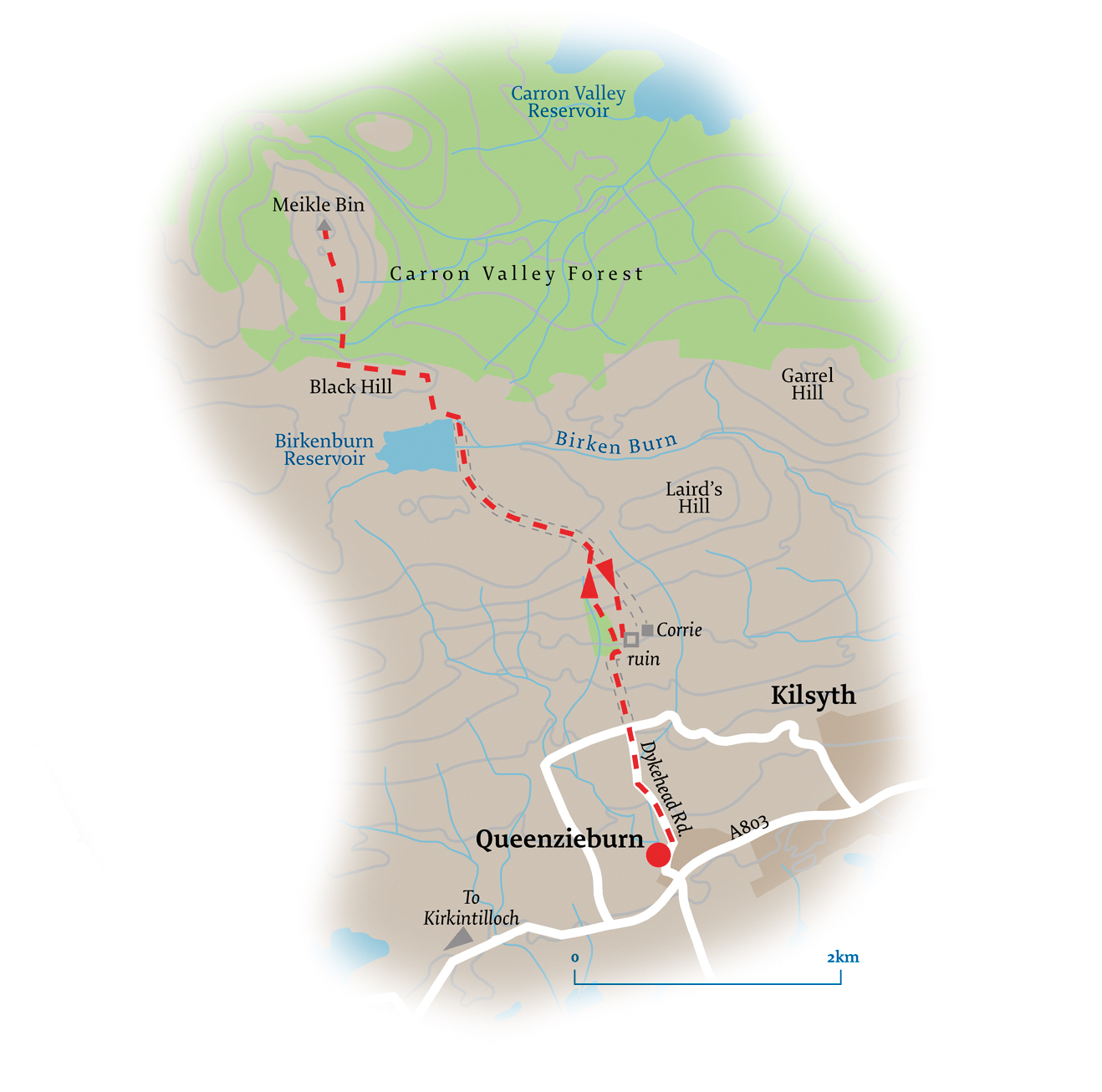Fragments of Glasgow by Rosalie Menon

By Tracey McCallum
Architect Rosalie Menon has been teaching and researching at the Mackintosh School of Architecture in Glasgow since 2005. Rosalie is an elected member of board of trustees of Royal Institute of Architects Scotland (RIAS) and was awarded a RIAS Fellowship in recognition of her role in architectural education and research. Her love of her home city is captured in ‘Fragments of Glasgow’ – a stunning collection of photographs showcasing the city’s rich Victorian architectural heritage.
You worked in the Far East before returning to Glasgow in 1999. What drew you back to the city?
I spent time working in Singapore in the mid 90’s when there was a period of rapid economic growth and significant levels of construction. It was wonderful to be part of a fast-moving contemporary architectural scene with minimal planning delays but it lacked the rich heritage our post-industrial Glasgow has. Having the opportunity to stitch the traditional Victorian buildings with the new urban fabric of the city was a more exciting challenge…and of course Glasgow City of Architecture and Design 1999 was an excellent time to be in the city.
Could you tell our readers a little bit about your role in architectural education?
I’ve been a lecturer at Glasgow School of Art for almost 20 years and I teach architectural technology across most year groups. I’m particularly interested in how buildings are constructed to ensure that and the design intent is realised in the context of current environmental challenges. I’m keen that our students understand the value of traditional stone construction with locally sourced building materials as well as contemporary methods of construction and ultimately how these might interface with each other.
You’re involved in a number of research projects -is there one project in particular that’s close to your heart?
In the research unit MEARU, we have looked at the performance of many housing projects both new and existing, to ensure the residents have comfortable healthy homes. One particular project examined the ubiquitous problem of drying laundry in the home and referenced more traditional forms of rooftop drying spaces, airing cupboards and higher ceiling heights allowing pulleys. Again suggesting that we can learn a lot from our Victorian buildings.
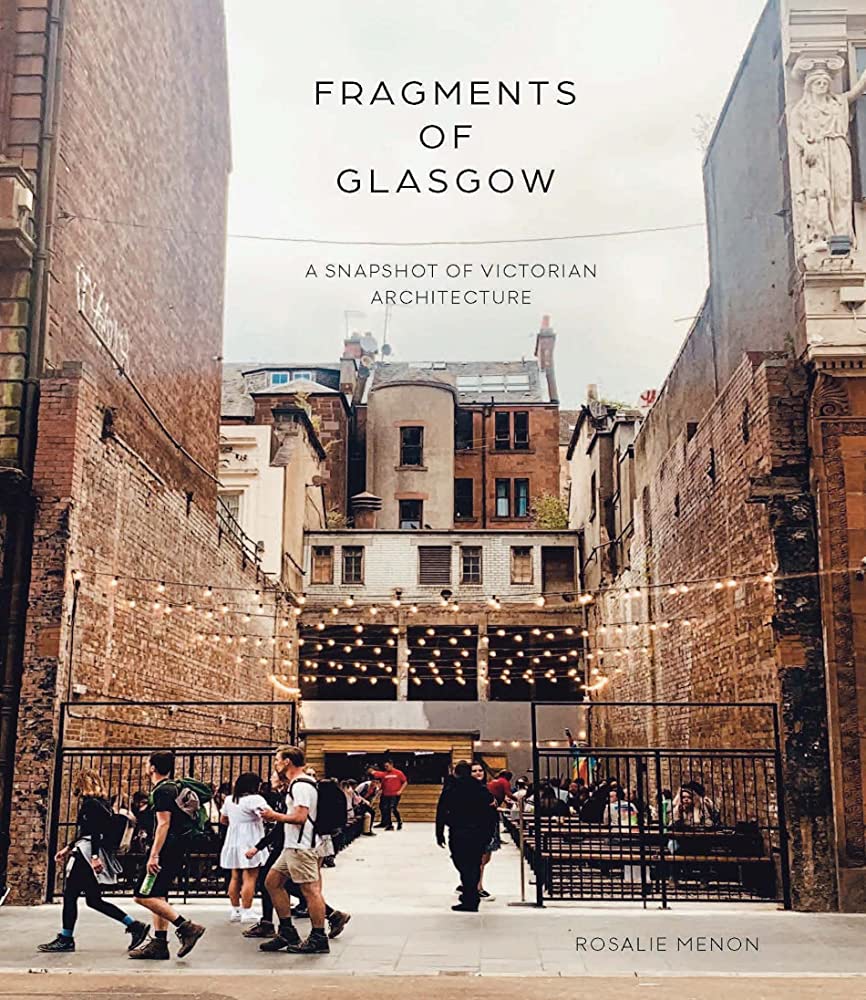
Fragments of Glasgow is a beautiful book. What inspired you to write it?
First and foremost, it was to be a collection of photographs taken in a snapshot of time during 2021. Previous publications recorded Glasgow’s architecture in black and white photographs but now most of the stained stonework has been cleaned and repaired it merited the opportunity to be documented in full colour. I was also encouraged by family to publish something they would like to buy rather than the heavy academic research papers I usually produce! It is ultimately a ‘coffee table’ style book that the reader will pick-up and read small sections at a time…a paper-based version of ‘Instagram’.
The photography is stunning. Where do you even begin in terms of pulling all the information and images together and how long did it take?
After I had taken the photos, I began to catalogue them and this formed the chapter structure of building typologies – all constructed within the timeframe of the Victorian Era. The editing process was quite rigorous as it could have run into many more pages and some buildings didn’t make the cut!. The accompanying text was limited to key building information including ‘who funded the building construction and who designed it’. What was the original function and what is it now. The sample of selected buildings provides an insight into Glasgow’s strengths in creativity, craftsmanship and use of quality materials during the Victorian era.
How do you juggle teaching, research, writing?
Not very well. I start every day with an overly ambitious ‘to do’ list and if I get more than 50% of the tasks complete then it’s a successful day!
What does a typical day entail?
No two days are the same to be honest. I’m also at a stage in life where I’m juggling the commitments of being a mum of school age children whilst dealing with the needs of elderly parents, so a lot of plate spinning is required on a daily basis…but it keeps you grounded.
What’s your favourite building in Glasgow and why?
The Centre of Contemporary Arts (CCA) in Sauchiehall St is certainly one of my favourites- I have memories of visiting when it was the Third Eye Centre. The CCA stitches together Alexander Thomson’s Grecian Chambers elevation with the Georgian townhouses behind Renfrew St – the junctions between the old and new building fabric have been very cleverly conceived by Page/Park architects. The arts sector has been instrumental in repurposing many fragments of Glasgow’s rich heritage and the book features several of these including The Tramway and The Pipeworks.
Do you think Glasgow appreciates and celebrates its architectural heritage enough?
There has been a huge amount of effort over the years and many successful projects have been undertaken with wonderfully committed individuals who have championed conservation projects. Behind almost every building’s refreshed stonework tells a story of financial fund raising, community engagement and careful negotiations via the Listed Building Consent process to ensure Glasgow’s heritage-led regeneration is celebrated.
There is a major focus on promoting Charles Rennie Mackintosh and Alexander Thomson but many of the other profligate architects who shaped the city have been under recognised in publications and ‘Fragments of Glasgow’ aims to highlight some of these previously overlooked architects. The annual Doors Open Day Festival always draws people to look afresh at some of the buildings we may take for granted in daily life and during lockdown people definitely slowed down and ‘looked up’ a bit more.
Book sales suggest ‘yes’- ‘Fragments of Glasgow’ sold over £1,000 copies in the first 3 months. I’ve been surprised by the positive feedback and the public’s passion for their city.
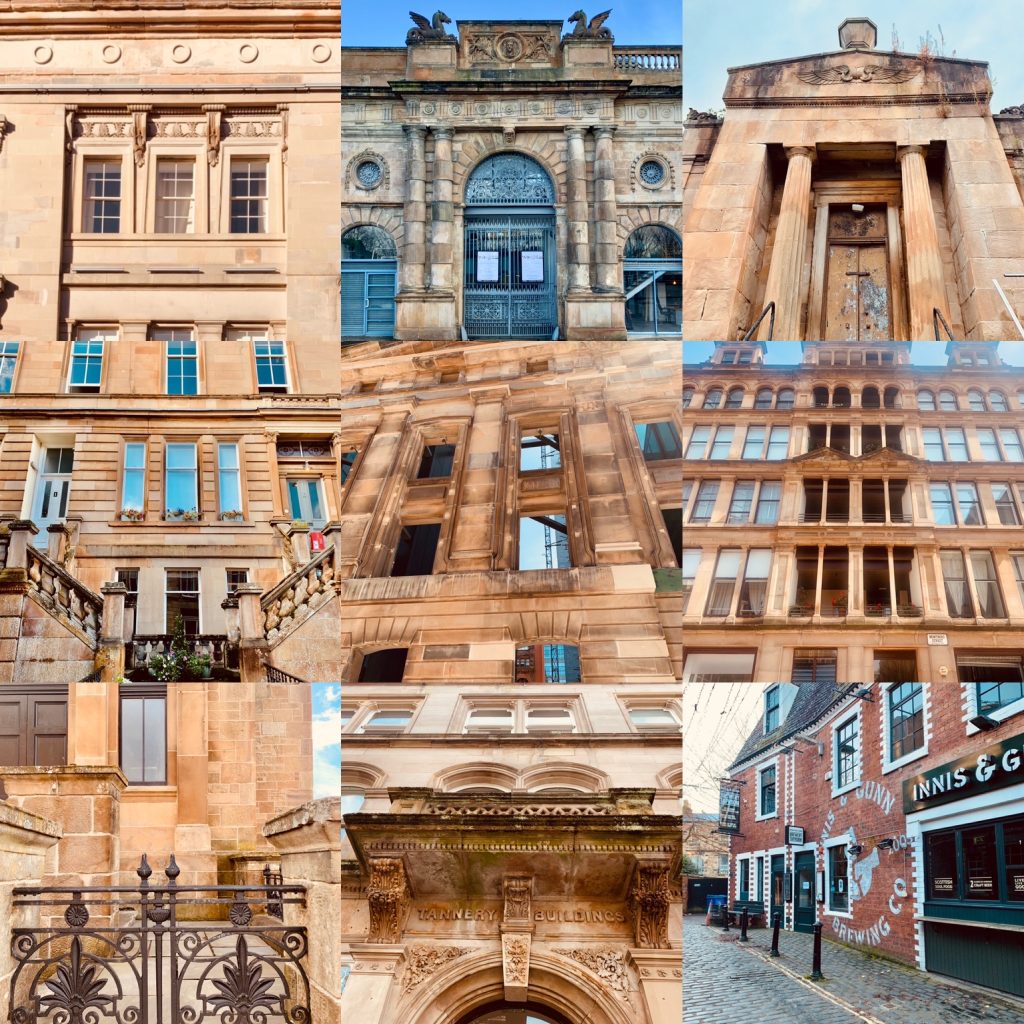
Do you think buildings have a way of anchoring people to a place?
Most definitely and the Carnegie libraries built in the heart of Glasgow’s communities are great examples of this. Many of those designed by architect JR Rhind are still in operation as libraries in Bridgeton, Woodside and Maryhill…and will hopefully continue as such. In fact, the Victorian Era
produced many wonderful civic buildings including townhalls, schools and places of worship – all helped to anchor people to their locality.
It feels like we’ve lost an awful lot of our architectural gems in Glasgow. Do you think we do enough to preserve or repurpose these buildings?
There is no doubt that the destruction of the 60’s and 70’s was brutal and there are some prominent buildings still decaying as they lie neglected. However, a lot have been saved, adapted and re-purposed for 21st Century uses. The mantra of ‘the most sustainable buildings are those already standing’ is a driver to conserve our existing buildings in the context of the climate emergency. I have hope that our younger generation have a more ethical outlook to sustainable design and adaptive re-use of our built environment.
What are your thoughts on the changing cityscape and how would you like to see it developed?
I’m quite positive about some of the new interventions within the city. Having grown up in Glasgow during the 1980’s I have some dystopian memories of the city with its soot-stained buildings and decaying tenements. The city has come a long way since then. I appreciate some may have the nostalgia of a bustling Sauchiehall St and life before the M8 but that’s not an era I was part of. Whilst I can very much relate to the current resident’s annoyance around potholes, litter and roadworks, I can now see seeds of positive change. New connections and linkages created around the Canal network have stimulated new greenspaces and urban landscaping within the city – Claypits and Stockingfeild bridge are such examples.
If you could have saved one ‘long gone’ building, what would it have been and what would you have liked to see done with it?
The Grand Hotel in Charing Cross was removed to make way for the M8 Charing cross onramps. Not necessarily a magnificent piece of architecture but it helped to link the city centre to the West-End and allowed the Charing Cross Mansions by JJ Burnet a much more prominent setting. If this had been retained as a hotel linking with Royal Terrace allowing a connection to Kelvingrove Park this would have been significantly positive for the city especially as Finnieston is becoming so much popular. I would love to have been able to take a tram down Sauchiehall St to visit Copeland and Lye and Pettigrew & Stephens and then onto Kelvingrove Park.
Fragments of Glasgow – Available in Waterstones & Amazon £30
Return to Culture and Arts articles







